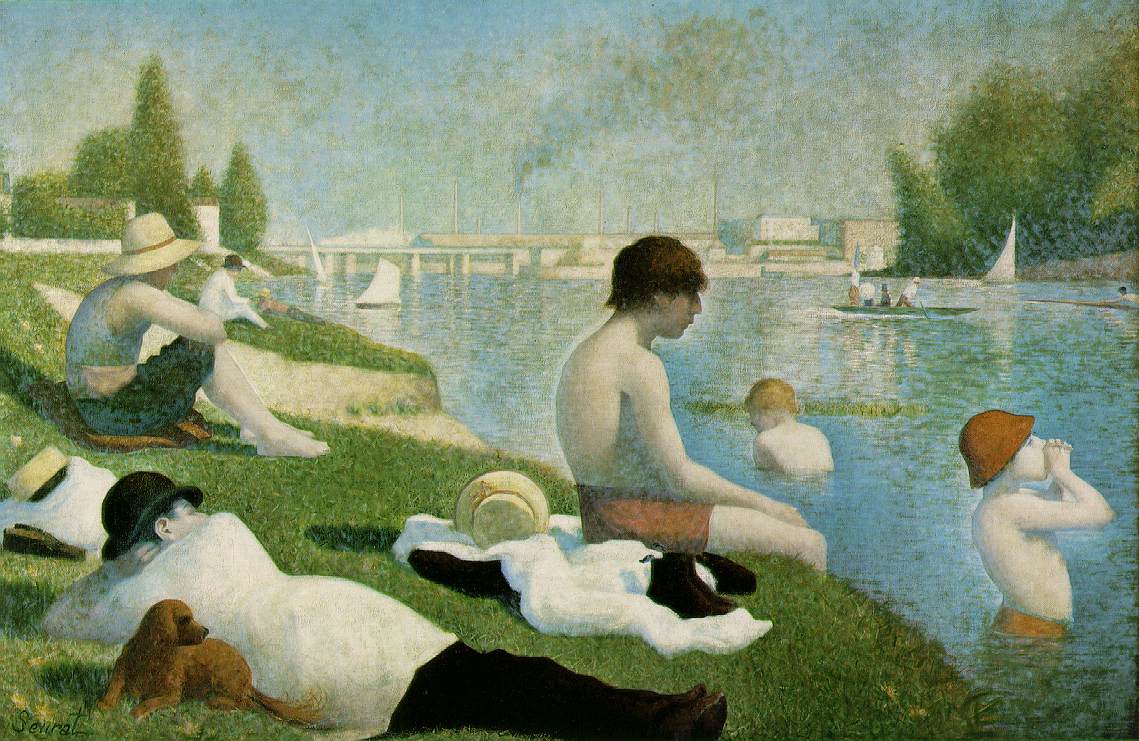Asher Kelman
OPF Owner/Editor-in-Chief
Hi Michael,
To me, composition is important, but then some subjects dictate a different aspect ratio than what my camera happens to offer. I'll adjust my crop to improve the composition if needed. What's more, I largely compose without a camera by choosing my vantage point. The image/composition is in my vison, before I set up the camera. In that scenario I enjoy the freedom of stitching which allows to add enough of the scene to improve the composition within it's 'natural frame', not my camera's frame. Sometimes it's more square, sometimes it's narrower and high, or wide.
[/QUOTE]
Hi Bart and Michael,
I have thought about Bart's framing of the picture in his mind. I do the same. Then the camera transports that vision home either in one piece with nothing to cut away or as closely as possible with one or more overlapping frames. The composition is always in my brain. I just want to get the right things in and the wrong things excluded.
So what about getting everything right on the glass? Well, to me it follows a noble tradition in photography. One loves one's camera and the chosen lens like a son or daughter one brought into the world. It's a special relationship, an extension of oneself, yet totally separate. If one were to look for a partner for one's child, (hardly achievable today), then the nature of that person has to decide the who might match and yield a lifetime of mutual happiness and building together.
That, I think is what is going on with the fixed formats used in these two great LF film cameras. The scenes are sought out that will lovingly fit the ground glass of the respective camera.
That choice, of matching what one finds with what one has that one loves, requires insight and great skill to be successful.
I, OTOH, make the digital camera subservient to the framing my brain wants to make. Still, I respect and sometimes envy working restricted to one lens and format. That will yield fabulous results as one becomes a dedicated specialist, rapidly excluding other possibilities and more intuitively selecting what's perfect for that opportunity. That, Michael is what you and Paula have done so well.
Asher





